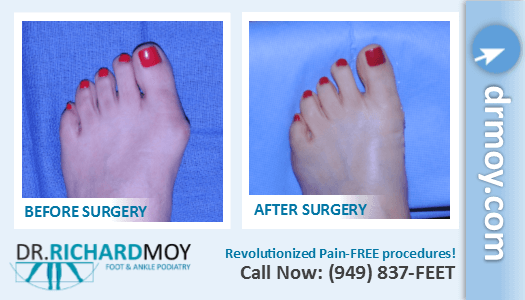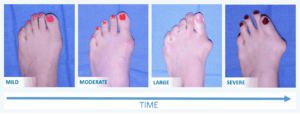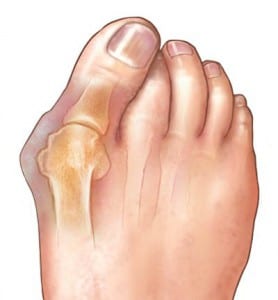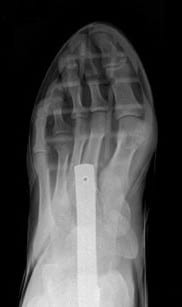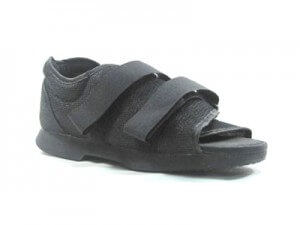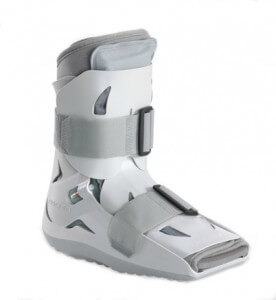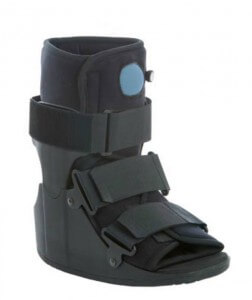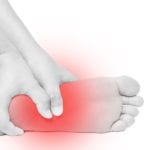Painless bunion surgery was created by Dr. Richard Moy in the early 1990s
Since then Dr. Moy has performed more bunion surgery than any other surgeon in the world.
What sets Dr. Moy apart?
Dr. Moy’s procedure addresses severe bunion deformities and allows the patient to walk immediately, without the necessity of a below the knee cast or crutches. His procedures allow the patients to experience a painless recovery without the necessity of narcotic pain medication. To prove this, ten severe bunions that Dr. Moy has corrected can be seen below.
How do we know the results are that good, and where is the proof?
Listen to all of the patients who have had the procedure. In over 97% of all cases, patients state their surgery was painless. Dr. Moy is the only surgeon in the world who will post all of the before and after photos on every single surgery he performs.
Dr. Moy is the only surgeon in the world who will display every patient’s evaluation’s and comments on how the on how painless the bunion surgery was, without exception!
How do you know who the best is at anything in the world?
Answer, To look at every performance and outcome.
For example: Just because someone has been playing golf for 30 years, or performing bunion surgery for 30 years, does not mean they are exceptional at what they do. In this case we fail to evaluate the scores of every tournament they played in or every surgical recovery process and outcome.
How do we know that golfers like Jack Nicklaus and Tiger Woods were exceptional golfers in their time?
Answer, by evaluating every tournament they played in, and the final scores.
Again, Dr. Moy is the only bunion surgeon in the world who will post every before and after photograph as well as every evaluation on every single patient.
What does painless bunion surgery really mean? And, how is it different than the average foot surgeon results?
Dr. Moy performs a local anesthetic block after the patient is asleep from intravenous sedation. This means the patient will not feel the numbing process of their foot. Once the bunion surgery is over, and the local anesthetic has worn off, there is no pain and therefore no need to take any pain medication what so ever!
The average bunion surgery results in a lot of pain. It’s so painful you have to constantly take narcotic pain medication for weeks or even months.
Most people stay in bed until the majority of the pain subsides. When they try to stand to go to the bathroom, the pain will increase, causing them to crawl to the toilet. Some men have carried their wives to the bathroom due to the pain. Because these patients cannot stand, most subject themselves to sponge bathing.
Dr. Moy’s patients do not experience pain and therefore can walk immediately after bunion surgery. As soon as the numbness wears off, they will also be able to stand to take a shower or sit in the bathtub.
Because there is no pain and no need for narcotic pain medication, Dr.Moy’s patients can drive their car the next day.
Many people don’t realize you can get a DUI if you have taken prescription narcotic pain medication and get behind the wheel.
The ability to walk immediately after bunion surgery without pain should not be underestimated!
Doctor Moy’s bunion surgery patients can get dressed, go to work, or go to the store, and get around to do the things that they need and want to do.
With the average foot surgeon, there are many people who are not happy with the recovery process they feel like it was torture. They decide never get bunion surgery on the other foot.
Doctor Moy’s bunion procedure is designed with stability of the bones in mind. This allows moderate pressure to the surgical site without concern of displacing the bone.
There are many surgeons who will place their patient in a below-the-knee cast after having bunion surgery. Their procedure is not stable enough for the patient to bear any weight, and thereforethe patient requires crutches. If crutches are involved, they are usually used for 6 to 8 weeks. The patient then gets fitted for a walking boot.
Dr. Moy’s bunion procedure has patients back into comfortable shoes at 4 weeks. At 6 weeks the patients can start to run and try on high heel shoes.
Dr. Moy’s bunion procedure requires a small screw. The screw is there to reposition the bone and help prevent the bunion from recurring. Once the bone has essentially welded itself back together, the screw no longer serves a purpose.
Screw removal is optional.
Dr. Moy created a screw removal procedure that will allow his patients to be back in regular shoes the next day with a Band-Aid over the 3mm incision site.
